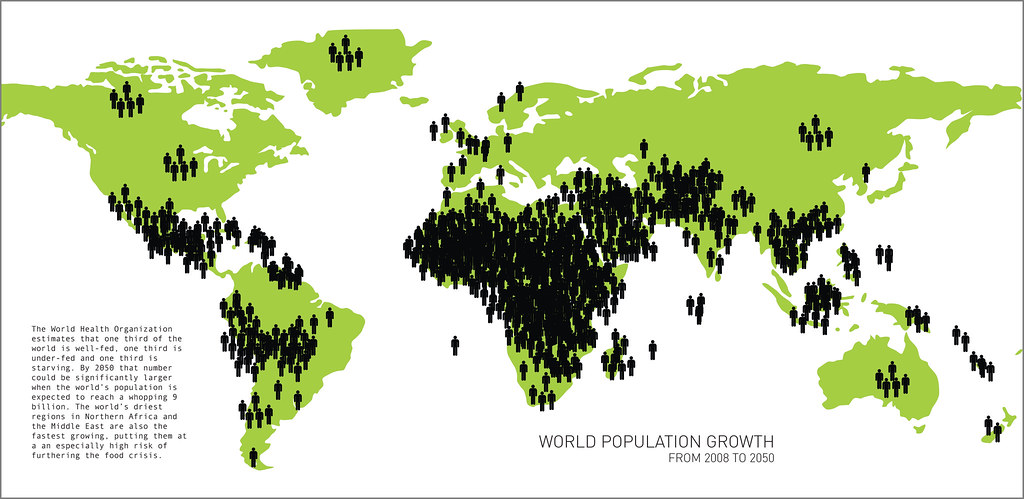In the heart of the Middle East lies Iran, a nation often defined by its complex socio-political landscape. Among its diverse populace resides an enduring yet often marginalized group: Christians. The dynamics of Christianity in Iran are not merely a demographic statistic; they embody a narrative of resilience, faith, and fortitude amidst considerable challenges. This exploration seeks to unravel the intricacies surrounding the population of Christians in Iran, examining data trends and the multifaceted adversities they encounter, all while fostering a deeper understanding of their unique position within Iranian society.
The Christian community in Iran traces its roots back to the early centuries of Christianity, marking it as one of the oldest Christian communities in the world. Today, estimates suggest that there are around 300,000 to 500,000 Christians in Iran. While this number may seem modest given the country’s total population exceeding 80 million, it represents a significant historical continuity and cultural presence. The population largely comprises Armenians and Assyrians, with smaller denominations including Catholics and Evangelicals. This demographic mélange echoes the theological diversity within Christianity itself and highlights a community rich in heritage.
Understanding the trends of Christian populations in Iran involves more than mere enumeration. It demands an engagement with the societal and political currents that shape their existence. Over the last few decades, there has been a noticeable decline in the number of Christians in Iran due, in part, to emigration. Political repression, coupled with a lack of religious freedom, has catalyzed an exodus, particularly among younger generations seeking autonomy and opportunity elsewhere. This trend indicates a potential demographic shift that could fundamentally alter the fabric of the Christian community within Iran.
Amidst these challenges, however, there are glimmers of hope. The advent of the digital age has enabled burgeoning forms of worship and community cohesion. Online platforms allow Iran’s Christians to connect with one another and with the global Christian community. Home churches have emerged, serving as sanctuaries for those yearning for spiritual fellowship amidst persecution. These developments indicate a rekindling of faith among believers, affirming that while their outward circumstances may seem bleak, their spiritual resolve remains steadfast.
Moreover, the Iranian government’s approach to religious minorities adds another layer of complexity to the Christian experience. Officially, the state recognizes Zoroastrianism, Judaism, and Christianity as protected religions. Yet this nominal recognition is often overshadowed by systemic discrimination. Christians frequently face scrutiny, and violations of their rights are prevalent. Reports of church closures, arrests of believers, and prohibitions on certain forms of worship have intensified, fostering an environment of fear and caution. For the Christians of Iran, navigating this treacherous terrain requires not only courage but also a profound reliance on faith.
There is also the question of identity and belonging. Many Iranian Christians grapple with their dual identity as both Iranians and Christians. This duality often places them at odds with a government that emphasizes a singular Islamic identity. For many in the Christian community, the struggle to assert their religious identity is emblematic of a larger quest for social justice and human rights. They seek not only to practice their faith freely but also to contribute to the society they inhabit. In this context, Christianity can become a powerful vehicle for advocacy, challenging societal norms while reaffirming the community’s commitment to the nation.
The role of the international community cannot be understated in this dialogue. Global awareness of the state of Christians in Iran has expanded, and advocacy networks have emerged to support their cause. Organizations devoted to raising awareness and providing aid have become vital lifelines for Iranian Christians, amplifying their voices and correcting misconceptions about their plight. Such international engagement brings new perspectives and opportunities for collaboration, ultimately fostering a sense of solidarity that transcends borders.
As we reflect on the population of Christians in Iran, it becomes evident that the narrative is multifaceted. It intertwines historical legacy with ongoing struggles, faith with perseverance, and isolation with newfound connections. The fluctuating demographic data is more than numbers; it represents living stories of individuals navigating their faith within a challenging landscape. Each statistic serves as a reminder of the resilience present in this community, a testament to the unwavering spirit of believers.
Ultimately, the Christian community in Iran finds itself at a crossroads—a juncture that is simultaneously fraught with difficulty and rife with potential for growth. The ongoing influence of their faith, coupled with an increasingly interconnected world, promises not just a survival of their community but a flourishing expression of their beliefs. The challenges they face today can be catalysts for a transformative movement toward greater acceptance and understanding, signaling a shift in perspective that could resonate beyond the borders of Iran. The story of Christians in Iran is still being written, and it invites us all to engage, reflect, and respond.
In conclusion, while the population of Christians in Iran faces significant challenges, the underlying faith and commitment to their beliefs continue to inspire. Their experience sheds light on broader themes of resilience, community, and identity. As we observe these dynamics unfold, we are beckoned to consider the implications not only for Iran but for our understanding of faith in diverse contexts. How the future shapes for Christians in Iran remains to be seen, yet their enduring spirit offers hope for greater understanding and unity amidst diversity.



